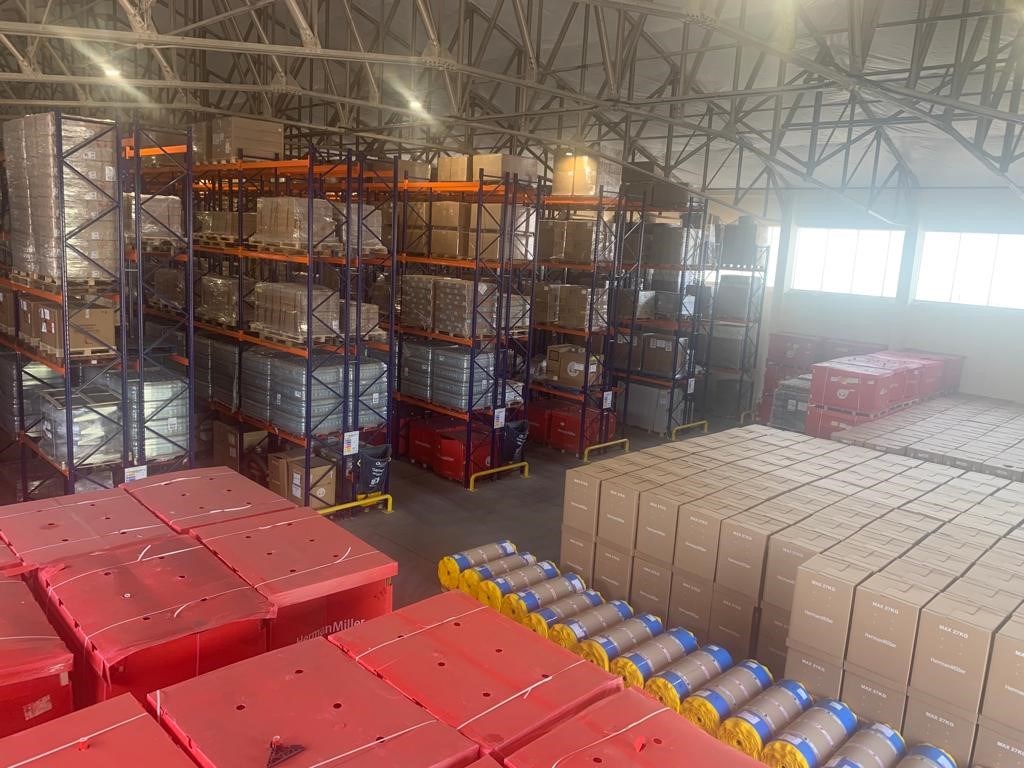When it comes to managing commercial goods and inventory, businesses often encounter terms like "storage" and "warehousing." While these terms may seem interchangeable, there are crucial differences between the two.
At Broughton Transport, our family-run logistics company committed to providing exceptional service while minimising our environmental impact, we understand the importance of clarifying these differences. In this blog post, we aim to shed light on the dissimilarities between storage and warehousing, helping you make informed decisions that optimise your business operations.
1. The Purpose:
Storage primarily refers to temporarily holding goods, equipment, or inventory for a short period, usually until their intended use or distribution. It can involve anything from keeping items in a safe, secure location to managing customer returns and surplus products for a limited duration. The emphasis here is on the short-term nature of storage.
Warehousing, on the other hand, involves managing long-term storage needs. It encompasses a systematic approach to storing items for extended periods, often with complex inventory management systems in place. Warehouses are designed to accommodate larger quantities of goods and may involve various activities like sorting, segregating, labelling, and even assembling products. Warehouses tend to focus on facilitating the movement of goods throughout the supply chain.
2. Space and Infrastructure:
Storage typically requires less space compared to warehousing as it is meant for storing items temporarily. It may involve smaller, dedicated areas within a facility, or even off-site storage options to cater to specific needs. Storage facilities are designed to optimise accessibility and ensure quick retrieval when required.
In contrast, warehousing demands more substantial infrastructure to handle larger volumes and a wider range of diverse products. Warehouses often feature specialised equipment like forklifts, conveyor belts, and automated systems for efficient storage and retrieval. They are designed to support inventory management, enable seamless distribution, and accommodate various logistical processes such as packaging or assembly.
3. Inventory Management:
While storage typically involves basic inventory management, warehousing adopts more advanced systems to efficiently track and manage goods. Warehouses employ technologies like barcode scanners, inventory management software, and real-time tracking to ensure accurate stock control, monitor expiration dates, optimise picking and packing, and streamline operations.
4. Flexibility and Scalability:
Given its temporary nature, storage tends to be more flexible and adaptable to immediate needs. It allows businesses to adjust space requirements quickly, whether it's scaling down or expanding as per demand. Storage options can offer short-term leases or even pay-as-you-use arrangements to cater to changing circumstances.
Warehousing, in contrast, is built for long-term stability and scalability. It provides businesses with a reliable infrastructure to store inventory consistently over extended periods. Warehouses can accommodate larger inventories and adapt to the evolving needs of businesses as they grow or expand their operations.
Conclusion:
The key to effectively managing inventory lies in understanding the differences between storage and warehousing
While storage caters to short-term needs, warehousing offers a comprehensive solution for long-term storage, inventory management, and logistical requirements.
At Broughton Transport, we are big enough to cope and small enough to care about delivering exceptional storage and warehousing solutions while prioritising environmental sustainability.
Whether you require short-term storage or a long-term warehousing strategy, our family-run logistics firm is committed to providing tailored solutions that meet your logistics needs. Contact our helpful logistics staff today for a trusted partnership that emphasises quality, innovation, and environmental consciousness.
Find out more about our storage and warehousing in UK



